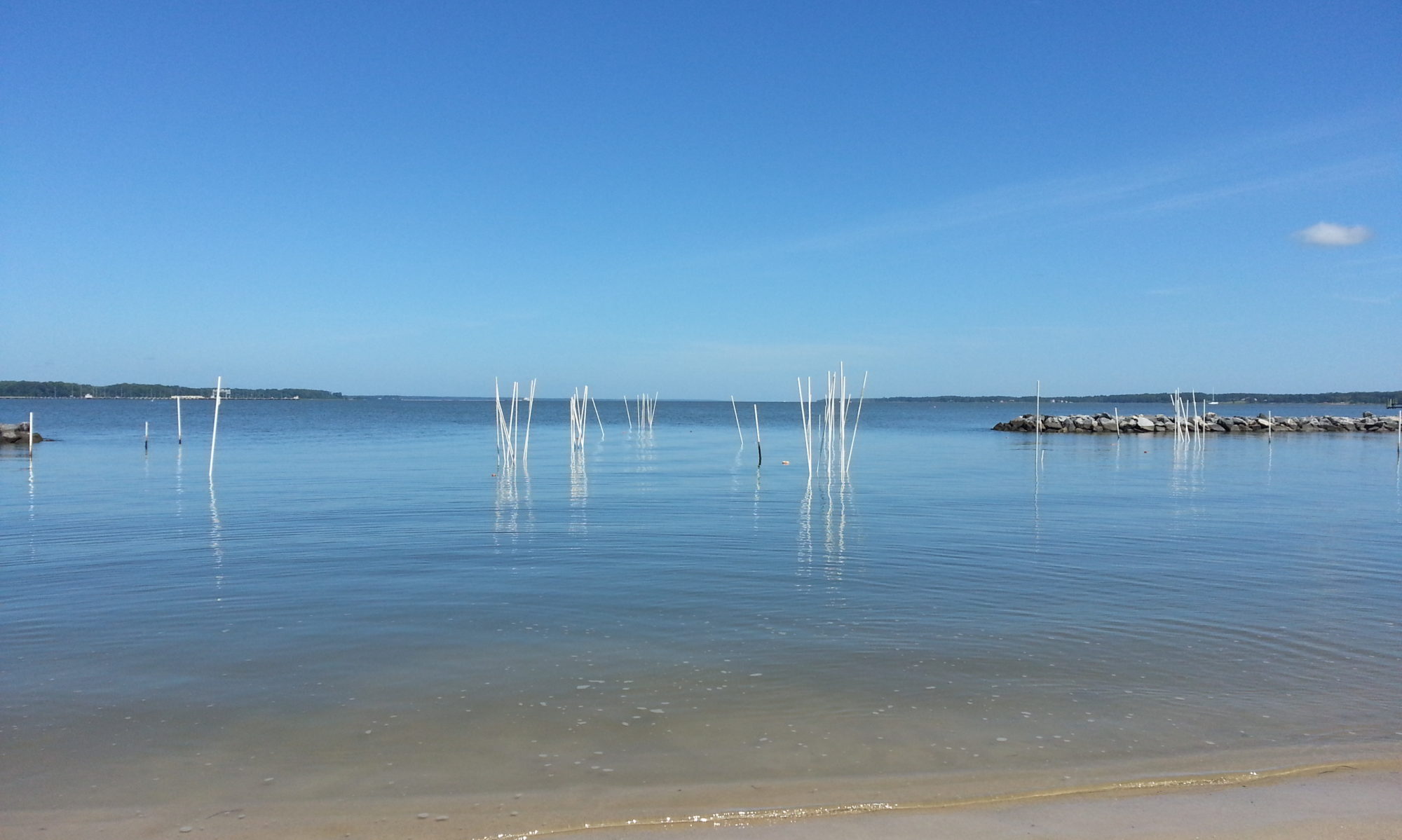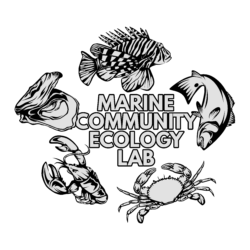![Head of a goblin shark. By Dianne Bray / Museum Victoria [CC-BY-3.0 (http://creativecommons.org/licenses/by/3.0)]](http://cowfish.org/wp-content/uploads/2014/05/512px-Mistukurina_owstoni_museum_victoria_-_head_detail-300x199.jpg)

If you look closely at the photos of the catch, you may notice some giant creatures that look like lobster tails or pill bugs. These are deep-sea isopods, and they are about the size of a house cat. Since I have an unreasonable fear of cockroaches, these isopods naturally give me the heeby-jeebies, but there is no doubt that they are cool. These isopods are not really uncommon, but they are never found in such large numbers unless a really tasty food source is around, and such decadence is hard to come by in the deep sea. This led some scientists to suggest that the fisherman’s trawl net may have passed over something very rare and very interesting- a whale fall.
A whale fall is what happens after a whale dies. Sometimes whales float for a while after they die, but they all inevitably sink. Even most beached whales are eventually dragged out to sea to sink. Whales rest at the bottom of the ocean and provide an opportunity for lots of food in a landscape that normally does not have any. As a result, whale falls draw a number of unique species, including some that live around very rare deep-sea habitats like hydrothermal vents and cold seeps. They also draw some species that specifically feed on bone, meaning they can only be found at whale falls. This video is a great artistic representation of what happens in the deep sea when a whale arrives.

Whale falls can be broken up into different stages, each with their own group of animals. The first stage attracts crustaceans such as the squat lobster, hagfish, and large sharks like the sleeper shark. This stage may last anywhere from four months to two years. The second stage invites a variety of animals that live in the soil or on the bones, eating increasingly hard-to-digest material to make use of the rare appearance of nutritious food in the barren deep sea. This stage lasts about the same amount of time as phase one (months to years). In the third stage, species that use sulphide as an energy source instead of the sun, such as those found around hydrothermal vents, appear around the whale. Sulfide is a compound made of sulphur that builds up when bacteria are very active, and causes the rotten egg smell you may notice when passing a marsh. This phase may last from six years to decades.
The following video offers some great footage of a whale fall caught on camera by a deep-sea submersible:

Whale falls are notoriously hard to find, because the deep sea is so vastly large (139,000,000 square miles). When researchers find a whale fall, it is a big deal. When they find a whale fall in an ocean as remote as the Southern Ocean (the ocean surrounding Antarctica), it is an even bigger deal. In 2013 researchers found a whale fall near Antarctica, the first discovery of its kind. The Antarctic whale was home to nine species we had never seen before. As amazing as this discovery was, scientists that study whale falls do not have the time or money to comb the deep sea, so they take a shortcut- they sink beached whales, and monitor their progress over time. Researchers in Japan tracked 12 whale carcasses over three and a half years. In the Japanese whale experiments, two new species were discovered, one a lancelet (a primitive fish, and one of my favorite critters), and one a new species of bone-eating worm. If they continue to monitor the whale falls, it is possible they may find even more unique species. Even after three and a half years, there was still some blubber and tissue present, so the decomposition process was nowhere near complete and other groups of animals are still likely to move in.
For more information:
Amon, D.J., A.G. Glover, H. Wiklund, L. Marsh, K. Linse, A.D. Rogers, and J.T. Copley. 2013. The discovery of a natural whale fall in the Antarctic deep sea. Deep-Sea Research II 92:86-96.
Fujiwara, Y., M. Kawato, T. Yamamoto, T. Yamanaka, W. Sato-Okoshi, C. Noda, S. Tsuchida, T. Komai, S.S. Cubelio, T. Sasaki, K. Jacobsen, K. Kubokawa, K. Fujikura, T. Maruyama, Y. Furushima, K. Okoshi, H. Miyake, M. Miyazaki, Y. Nogi, A. Yatabe, and T. Okutani. 2007. Three-year investigations into sperm whale-fall ecosystems in Japan. Marine Ecology 28:219-232.



As a biologist, I truly want to do genome sequencing fro them so as to see how they get such amazing appearence.